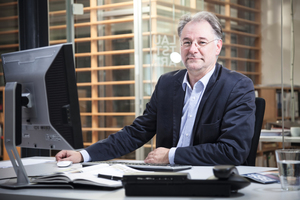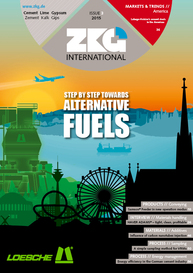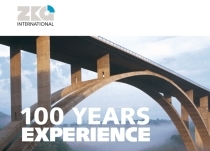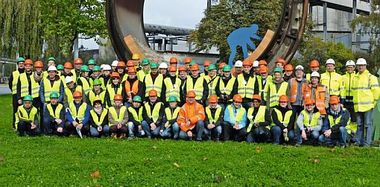Thank you very much…
Indeed, you have found the way to your library? Or the stack of magazines has found you? Time is too valuable! Now, you have two options: to sign the batch card or to treat it like a flip book. However, you will have to respect our professional authors who spent so much time on their well-founded contributions. They spent a lot of time in addition to their daily job to write a white paper sharing knowledge from practice to practice.
We recommend staying longer here, it’s worth it! At the end of this first sequence, please read about handling and the properties of materials.
A feeder will be examined for use as an all-purpose solution for the reception of many types of bulk material transferred from the port to storage or production facilities. And, bags made of polyethylene (PE) are suitable for many requirements. They are used for transportation and sales of many consumer goods. ZKG International interviewed business unit managers on the experiences made with bagging in chemicals and cement.
Lafarge-Holcim is still also on the agenda of the Americas. In the current review the implications of the merger are discussed, and a profile of the major cement rivals in the region is given.
We are proud to present a really seldom celebration! The safety officer of an Austrian cement plant explained how 2555 injury-free working days can be achieved.
In daily practice, it is shown how the sampling of the feed to a VRM and the product are studied to balance the system by data reconciliation and data estimation procedures. The effects on the operating and design parameters and overall the performance of the VRM can be demonstrated.
After grinding, the properties of the finished product are studied by various methods to inject carbon nanotubes into cement composites. Modified slurry mixtures are examined on setting time, heat emission development and chemical shrinkage.
And finally as a general topic, the stringent political demands which are being imposed on the energy productivity of the cement industry are covered. In a plant-specific investigation, the savings potential for power energy, fuels and CO2 emissions in the German cement industry in the period from 2013 to 2035 was studied. Here, part 1 will deal with the methods applied and the initial calculations.
So as you can see, not only heart and soul, but also a lot elbow grease and countless hours are invested by the authors to give you the support you need.
Thank you very much, indeed!
On this note, I would like to wish you a pleasant perusal of the current ZKG International – written by top-level engineers for top-level readers!
Dr. Hubert Baier
Editor-in-Chief
ZKG International




